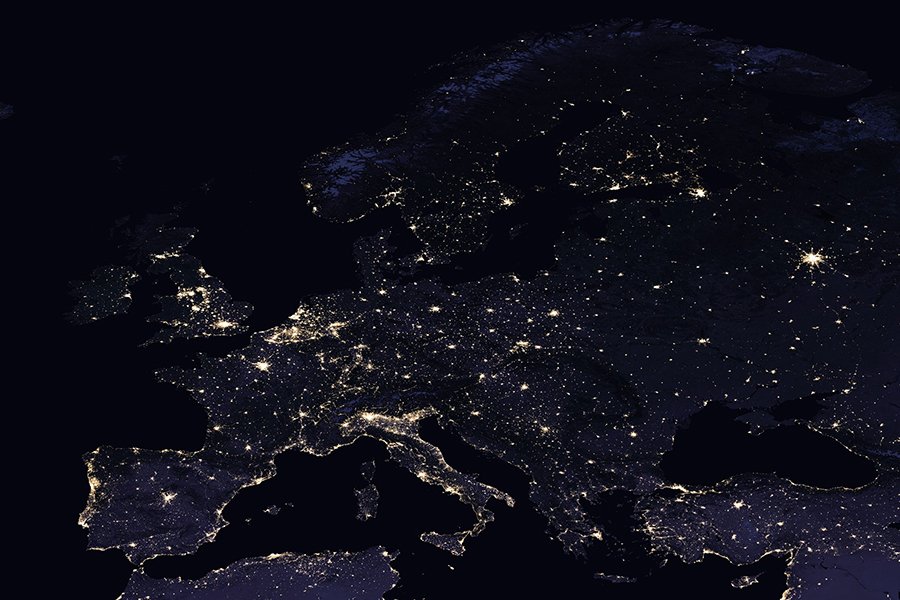
Too much of a good thing – the problem of light pollution
Blinded by the light: We rely on lights to see in the dark, but did you know that light pollution has serious environmental…

Act now for the Sustainable Development Goals: explore resources developed by European teachers bring the science of sustainability into the classroom.
With the Earth facing challenges such as climate change, inequality, and biodiversity loss, the United Nations developed its ‘2030 Agenda for Sustainable Development’ in 2015. The 17 Sustainable Development Goals (SDGs) at the heart of the agenda offer a roadmap towards a more equitable, sustainable, and prosperous future for our planet, covering goals like quality education, affordable and clean energy, or climate action.[1]
Today’s students will be at the forefront when it comes to reaching these goals and finding solutions to future problems. Science (alongside political measures) will play a key role in doing so. Students need to learn and understand the importance and possibilities of science, and this starts in the classrooms where children are taught the different STEM subjects.
The SDGs are a great way to teach students about science, not only because the topics of the goals fit into almost every curriculum and provide a real-world context for scientific topics and career orientation, but also because topics like sustainability and the environment are a concern to young people all over the world. This is why Science on Stage Germany, part of the Science on Stage Europe network, has initiated the project ‘Act Now for the UN Sustainable Development Goals – SDGs in STEM Education’. This material offers STEM teachers a wide range of hands-on teaching material that provides an opportunity to develop 21st-century skills.
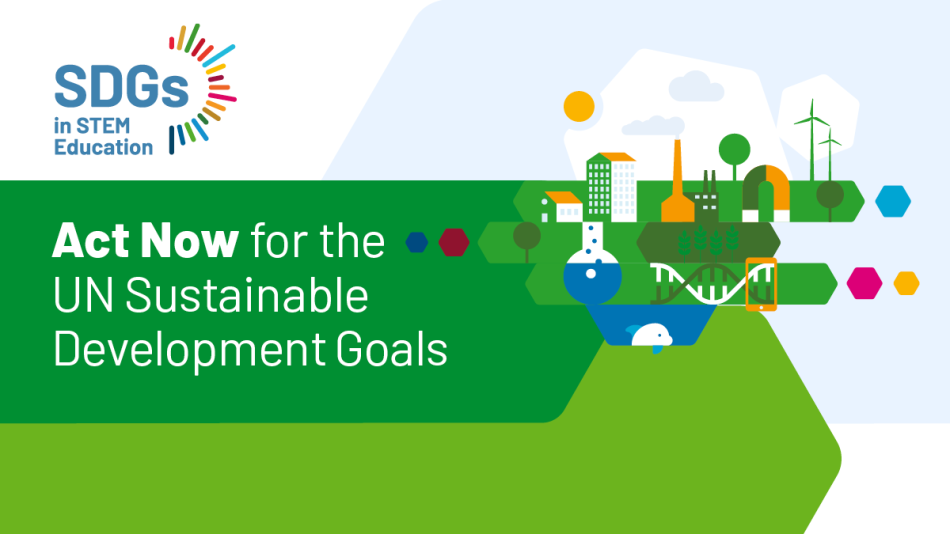
Dr. Jörg Gutschank, the main coordinator of the project and chairman of Science on Stage Germany, explains the motive behind the publication: “With these teaching materials, we want to change attitudes, we want to show what can be done in everyday life. Our aim is to promote skills and knowledge and involve the whole school and the neighbourhood. Act locally, think globally!”
For this project, 20 STEM teachers from all over Europe came together over the course of two years and developed application-oriented concepts on how the 17 SDGs can be addressed in the classroom. The result is a comprehensive collection of teaching material featuring hands-on examples, videos, practical instructions, worksheets, and interactive exercises. It consists of six teaching units that offer different focal points for different STEM subjects and age groups. The material is entirely created by the teachers themselves, true to the Science on Stage motto: “From teachers, for teachers.”
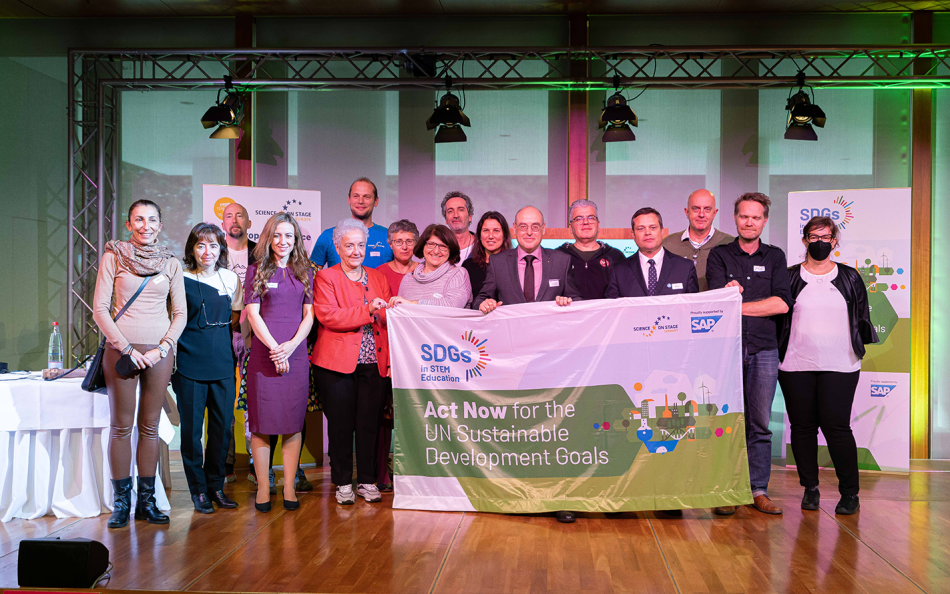
Target age: 12–16
Linked to SDGs: 11, 13, 15
‘Climapse’, a blend of climate and time-lapse, is comprised of three components that can be adapted to various age groups and equipment availability. First, the teaching material heightens awareness of prominent climate change indicators and their European impact through monitoring climate changes over time (time-lapse). Subsequently, students play the role of scientists, utilizing microcontrollers to collect data and analyzing scientific data and satellite imagery to create personalized time series.
Target age: 6–19
Linked to SDGs: 9, 11, 12
‘The three Rs’ are an abbreviation for the terms reduce, reuse, and recycle, and this is exactly what this unit is all about. It highlights the unsustainable use of raw materials and fossil fuels in the production of ordinary materials and everyday goods, such as cosmetics, plastics, and cement. The students learn how to produce bioplastics from milk, how to extract keratin from wool, and how to extract cement from mussel shells.
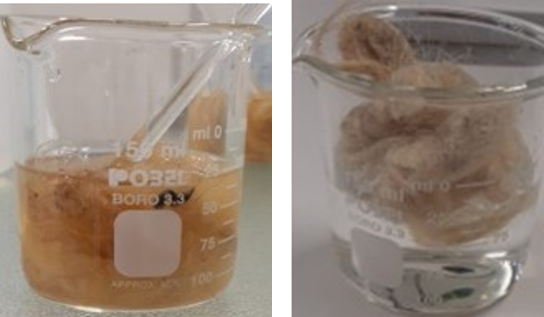
Target age: 11–18
Linked to SDGs: 7, 11, 13
More than half of the world’s population lives in cities, which is why sustainable energy resources and environmental conditions are crucial in urban settings. This teaching unit looks at three areas: energy use, air pollution, and how to analyse air quality. The students investigate the feasibility of using solar energy through virtual models, learn about particulate matter in the air, and discover the parameters used to establish the air quality index.
Target age: 13–16
Linked to SDGs: 7, 13, 14
This teaching unit raises students’ awareness of climate change and, more specifically, the acidification of oceans. Students study how scientists learn about past climate conditions, how carbon dioxide is produced in combustion processes, and how this greenhouse gas affects both the air temperature and the life of marine organisms. Through videos, interactive materials, and laboratory activities, students explore the role of human activities in increasing carbon dioxide and its impact on the earth’s temperature, ocean acidification, and marine biodiversity. They study fossil fuel combustion, greenhouse effects, acidification, and hydrogen fuel cells as possible global solutions. They are also encouraged to act locally by being a force for change.
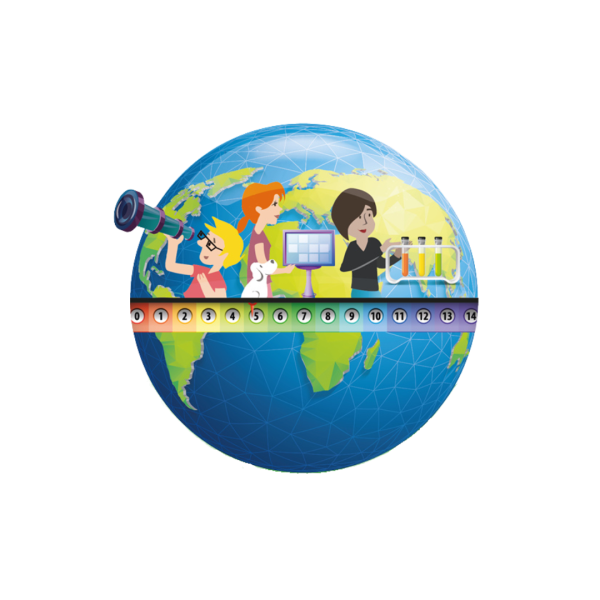
Target age: 10–18
Linked to SDGs: 9, 11, 15
This unit focuses entirely on the green lungs of our planet: forests. The aim is to create a network of trees that contributes to the protection and conservation of our forests. This is achieved through assembling, programming, and installing a remote data logger on an ‘adopted’ tree in a forest or a city park. The device records several environmental parameters and allows the students to observe the condition of the trees and investigate how this is related to environmental parameters, such as air humidity and temperature, air pressure, and CO2.
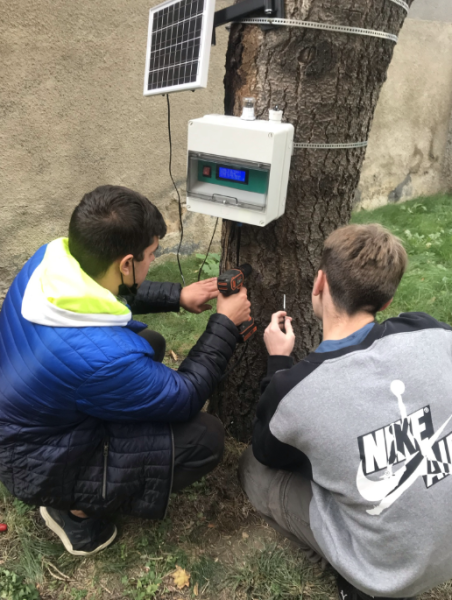
Target age: 4–17
Linked to SDGs: 2, 3, 12, 15
The unit involves various activities centred around apples. It begins with hands-on activities like apple tasting and planting fruit trees on school grounds. The students also explore the lifecycle of apple trees, examine apple production, and compare traditional, organic, and conventional farming methods. Considering the year-round availability of apples, the students are invited to discuss food miles and conduct experiments to determine optimal conditions for keeping apples fresh and how to produce yeast and vinegar from the fruit.
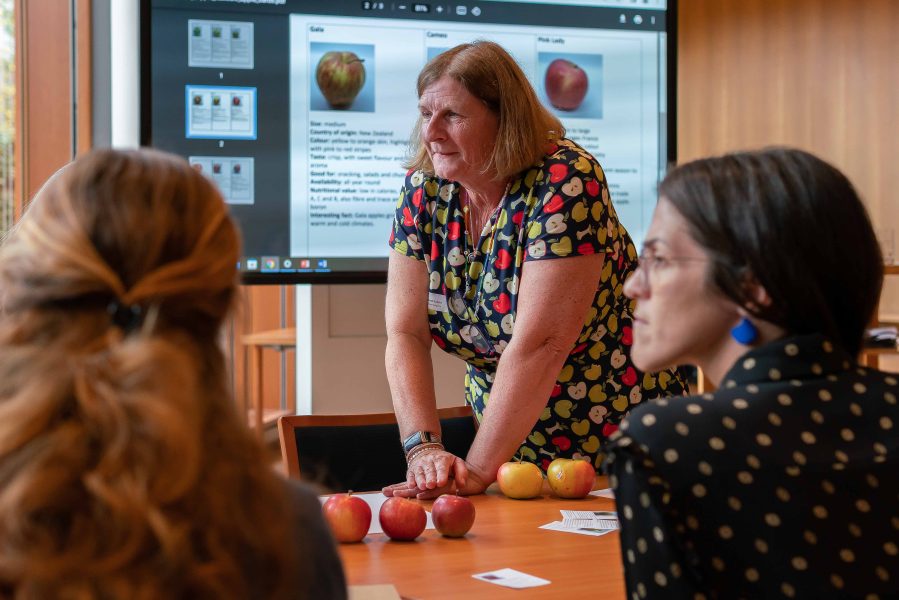
The teaching material ‘Act Now for the UN Sustainable Development Goals – SDGs in STEM Education’ is freely available on the Science on Stage Europe website: www.science-on-stage.eu/act-now-sdg. For sustainability reasons, the material is digital-only. All necessary tools can be downloaded or used directly on the website. The original language of the material is English, but it can easily be translated into other languages with almost any modern web browser. We hope you enjoy the material!
Science on Stage Germany is part of the Europe-wide network Science on Stage Europe. For more than 20 years, the network has been supporting and connecting European STEM teachers from all school types and providing them with a stage for their innovative and creative ideas. The network has members in more than 30 countries and reaches around 100 000 teachers with its activities. You can learn more about the work and offerings of Science on Stage Europe on their website: www.science-on-stage.eu
To learn more about the European Science on Stage festival, an educational fair attended by more than 450 European STEM teachers and organized by the Science on Stage network, visit www.sons2024.eu/
Do you want to see if your country is already active in the Science on Stage network, or want to learn more about our work and activities? You can have a look at our website, subscribe to our monthly newsletter, and follow us on social media.
[1] The 17 Sustainable Development Goals: https://sdgs.un.org/goals

Blinded by the light: We rely on lights to see in the dark, but did you know that light pollution has serious environmental…
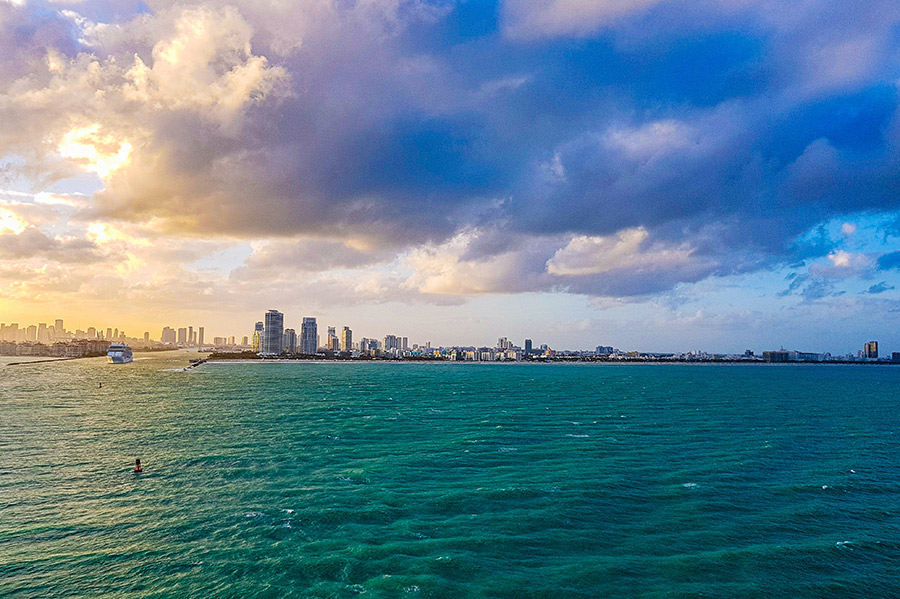
Did you know that carbon dioxide dissolves in bodies of water and affects the ocean? Explore the effect of carbon dioxide on ocean chemistry with…
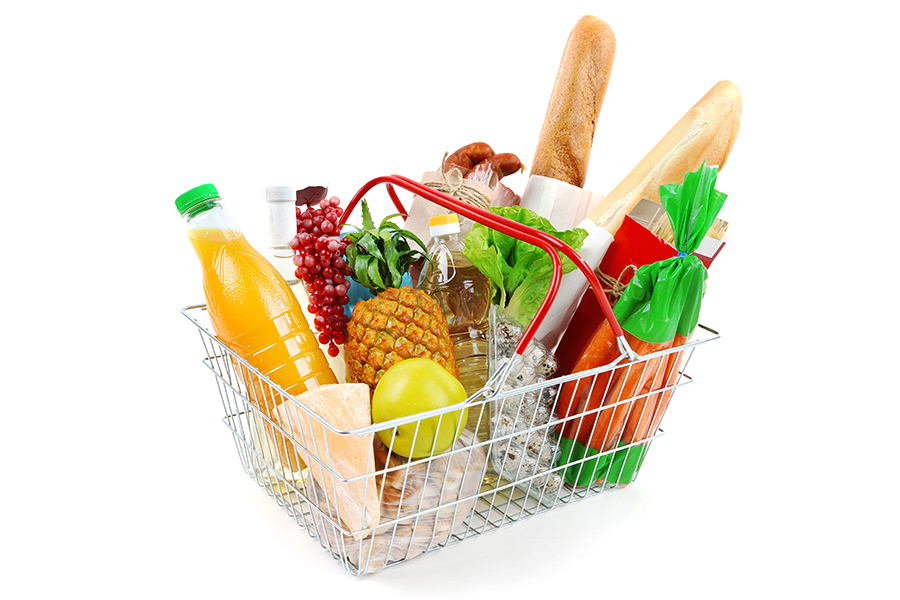
Why is food sold in packaging? Do we really need it? And if so, what materials are best? These questions are more complex than they seem and the…